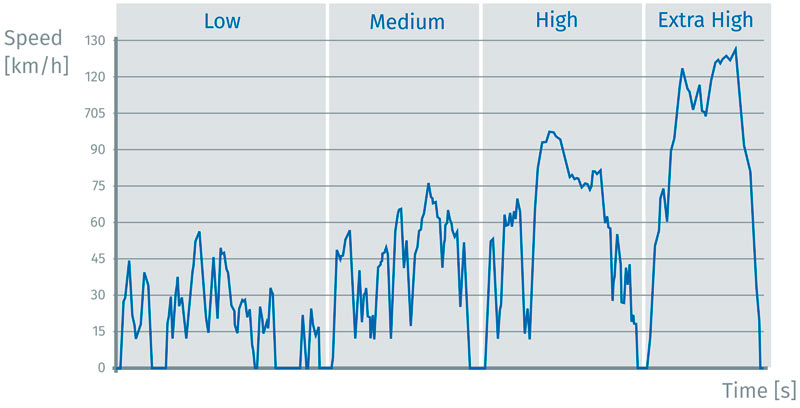WLTP Power Measurement of Electric and Hybrid Vehicles
In the European Union, consumption values for new passenger cars and light commercial vehicles must be measured for type approval according to the WLTP (Worldwide Harmonized Light-Duty Vehicles Test Procedure). This also applies to electric vehicles (battery electric vehicles and hybrid electric vehicles), for which the electric range is also determined. This example shows how the electrical energy consumed and the range per charge can be determined according to the WLTP.

Background
For the WLTP, specific driving cycles (WLTC - Worldwide harmonized Light vehicles Test Cycle) were defined in which the respective measurements are carried out. These driving cycles specify certain speed profiles that are intended to provide a more realistic picture of the energy consumed than previous tests.
Driving cycles are performed on test benches until the HV batteries are discharged. This makes it easy to determine the range for battery electric vehicles. For plug-in hybrid vehicles, the electric range is determined in relation to the total range: The last cycle run is completed with the battery completely discharged and the amount of energy required for complete charging is then measured. Based on the amount of energy consumed and the range driven, the energy requirement can be calculated in kWh/100km.
Measurement task
Current and voltage measurement for analysis of the energy consumed and range determination in defined driving cycles.

Challenge
For precise analyses, the currents and voltages must be recorded with high temporal resolution. However, it is not possible to determine consumption directly from the raw data - ideally, the energy must first be calculated in real time according to the speed specified in the WLTC. Once the values have been determined on the test bench, it should also be possible to check them easily in real test drives.

The CSM Measurement Solution
The solution for this measurement task is found in the perfectly harmonized Vector CSM E-Mobility Measurement System, which combines precise measurement modules and powerful software.
- HV BM 1.2
Acquires current and voltage between HV battery and inverter - Vector vMeasure or CANape
CSM measurement modules can be easily integrated and the measurement data is analyzed and recorded in real-time - XCP-Gateway 4S pro
Acquires EtherCAT®-data from the HV BM - HV BM 3.1
Three-phase measurement of current and voltage
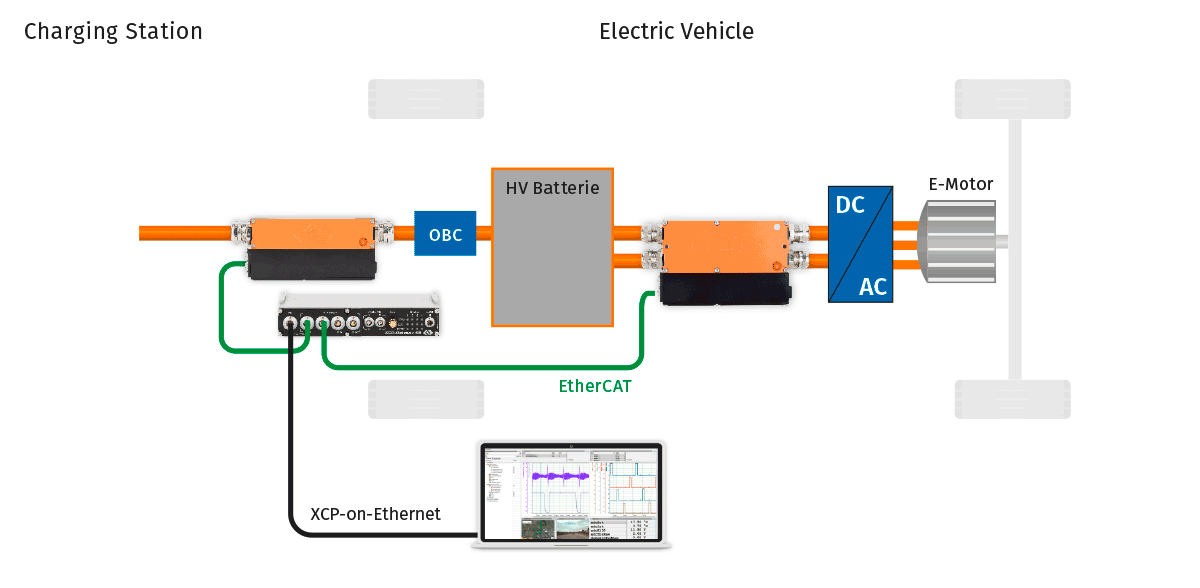
- A HV Breakout Module (HV BM) 3.1 measures current and voltage between the charging station and the On-Board-Charger (OBC) at a data rate of 1 MHz. For this purpose, the HV BM is simply inserted in the power cables. In this way, the amount of energy consumed when recharging the battery can be determined.
- Current and voltag between the battery and the inverter are measured with a HV Breakout Modules (HV BM) 1.2. This module also allow phase-accurate measurements with data rates of up to 1 MHz.
- A XCP-Gateway 4S pro collects the data of the HV breakout Modules. The EtherCAT® signals are converted to XCP-on-Ethernet with up to 1 GBit/s.
- With the eMobilityAnalyzer, the energy is calculated in real time during the drive cycles and during the charging process. In the function "DCAnalysis" the working power P and the cumulative consumption W are calculated. The "ChargerEfficiencyAnalysis" function is also used to determine the losses from the charging process.
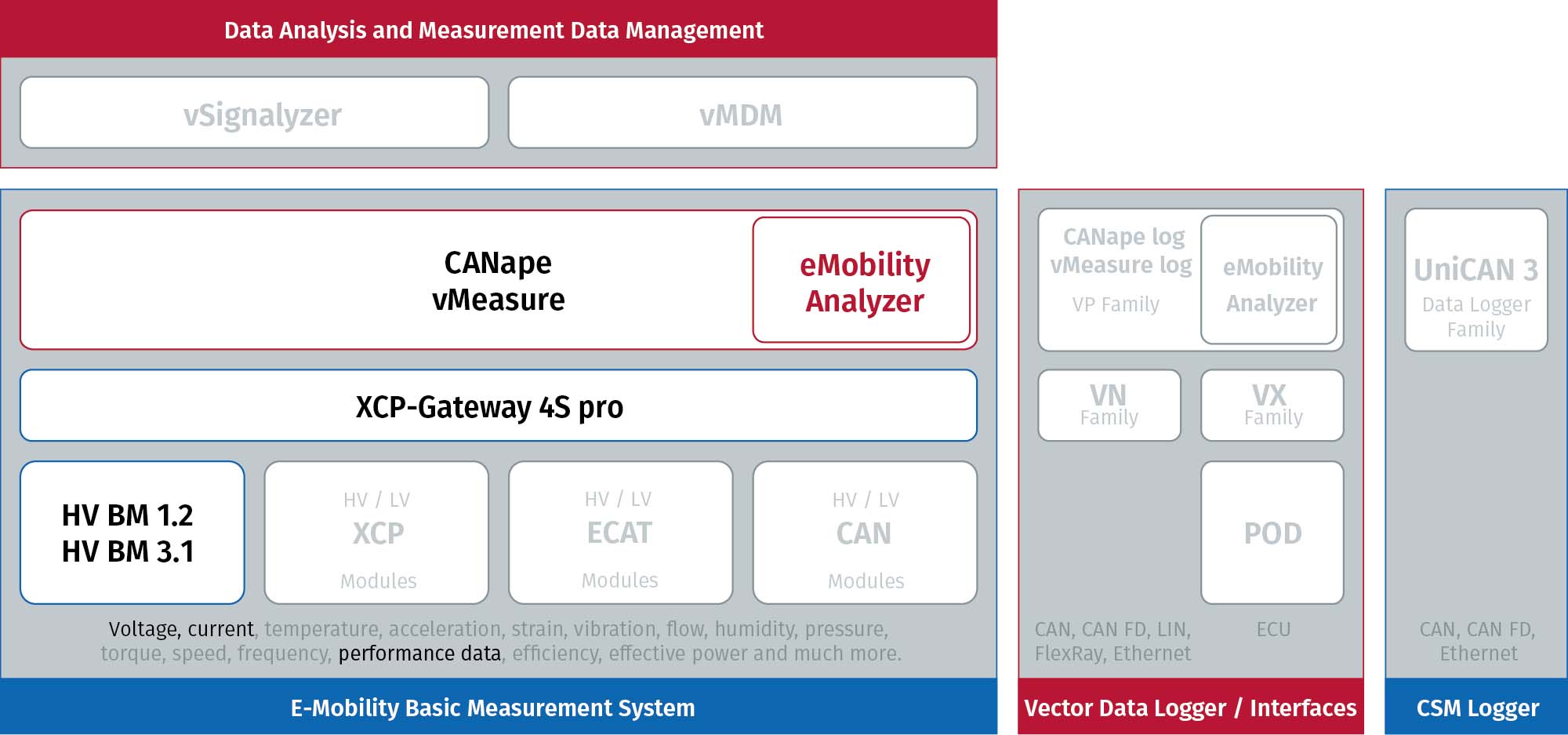
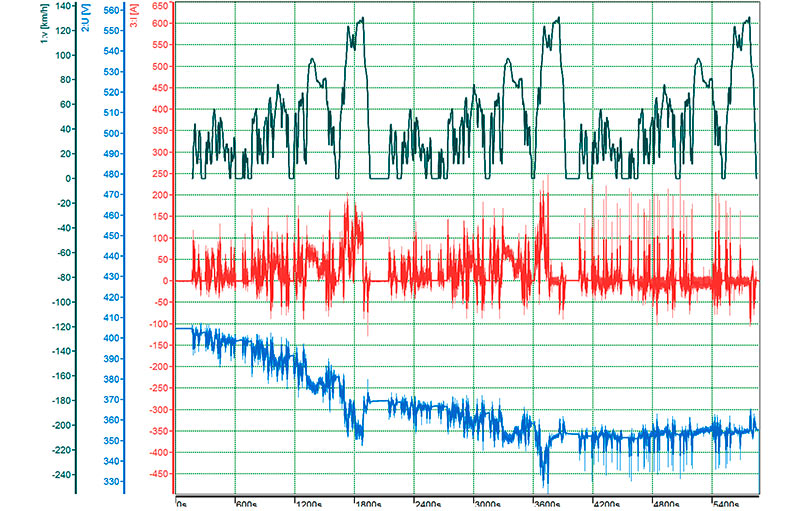
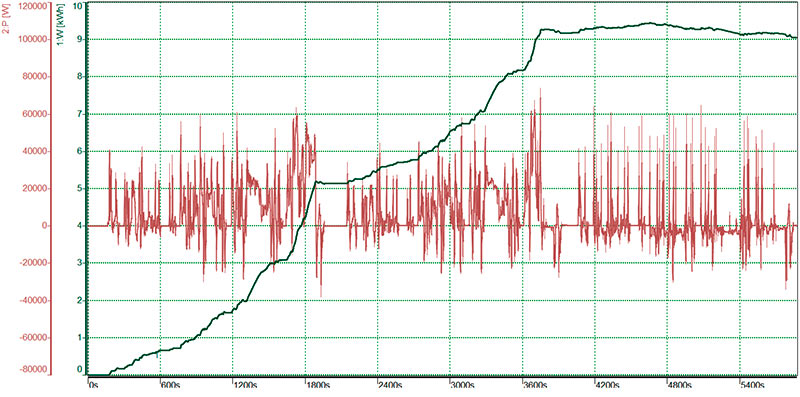

Benefits
With the Vector CSM E-Mobility Measurement System, the electrical consumption values can be easily determined - on the test bench and in road tests. The direct measurement of current and voltage in the HV lines also increases accuracy and enables precise analyses. The measurement setup is also extremely compact, which saves time for setting up the measurement chain.

More Information
Further Information
-
CSM Xplained: Testing of fuel cell drives on test benches and in road testing
-
CSM Xplained: Maintenance of HV measurement technology – calibration and insulation-test
-
CSM Xplained: The Vector CSM E-Mobility Measurement System
-
CSM Xplained: Voltage measurement in e-mobility
-
CSM Xplained: Current measurement in e-mobility
-
CSM Xplained: Autonomous power measurement in road tests and on test benches
Related Products
Related Hardware
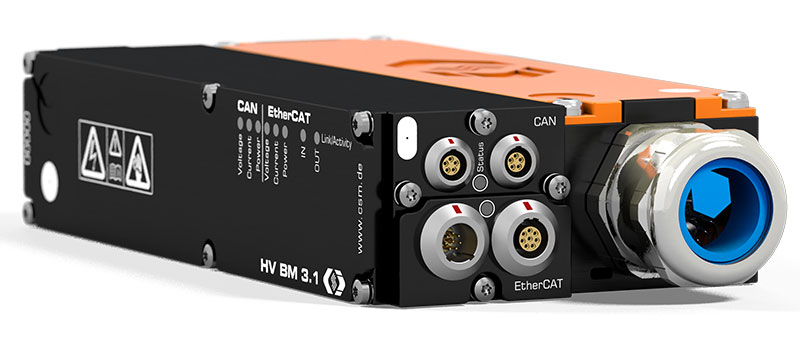
HV Breakout Module 3.1
Three-phase measurement of internal conductor current, voltage and instantaneous power
The HV Breakout Module (BM) Type 3.1 is suitable for three-phase current, voltage and power measurement at three-phase charging stations with HV voltage carrying cables with currents up to ±32 A.
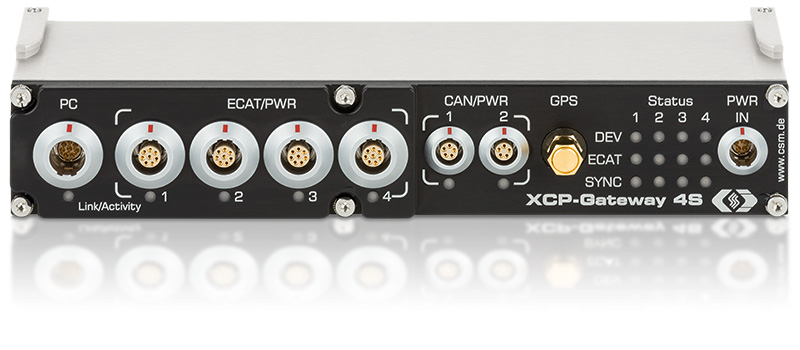
XCP-Gateway
The protocol converter for EtherCAT® and CAN to XCP-on-Ethernet
XCP-Gateway is the interface between the data acquisition software (e. g. vMeasure, CANape®, INCA®, Vision® ...) and the EtherCAT® measurement modules from CSM. It includes an EtherCAT® master and an XCP-on-Ethernet slave.

HV Breakout Modules 1.2
Single-phase measurement of internal conductor current and voltage
The HV Breakout Modules (BM) Type 1.2 have been specially designed for safe and precise single-phase measurement in separated HV+ and HV- power cables. Inner conductor current and voltage are measured directly and the instantaneous power is calculated in the module.
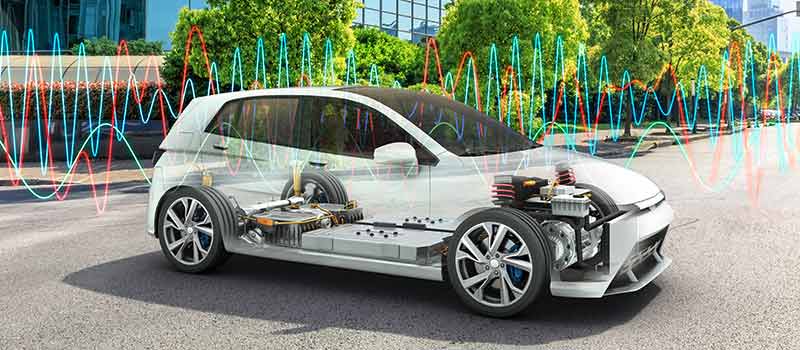
The Vector CSM E-Mobility Measurement System
The measurement system for the development of electric mobility
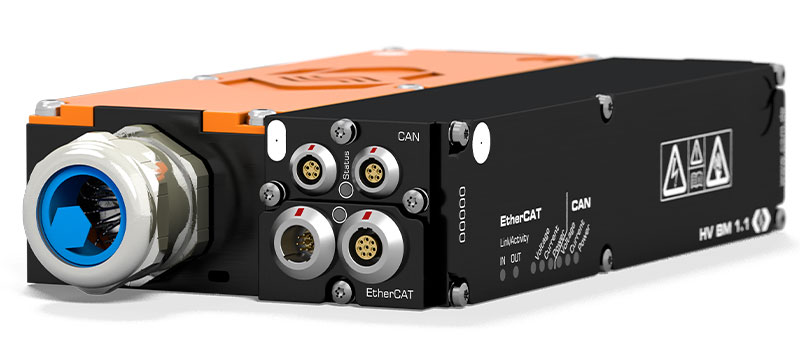
HV Breakout Module 1.1
Single-phase measurement of internal conductor current and voltage
The HV Breakout Module (BM) type 1.1 has been specially designed for safe and precise single-phase measurement in single HV voltage power cables. Inner conductor current and voltage are measured directly and the instantaneous power is calculated in the module.
Related Software
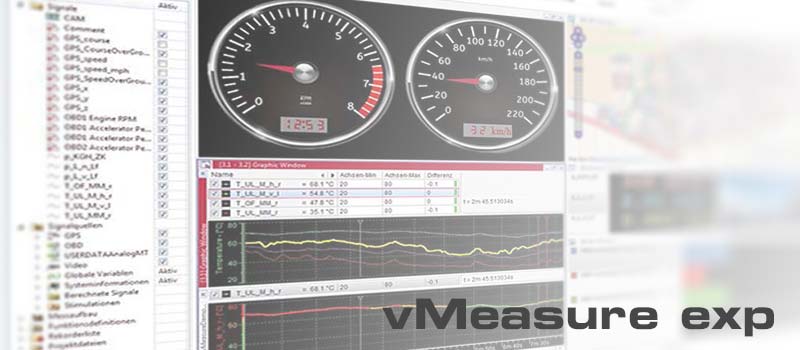
vMeasure
Reliably Solving Complex Measurement Tasks
vMeasure is a subset of CANape focused on measurement. It is an easy-to-use software tool for the acquisition and analysis of measurement data that can be used in combination with all CAN- and EtherCAT®-based CSM measurement modules. CSMconfig was integrated directly to ensure swift configuration.
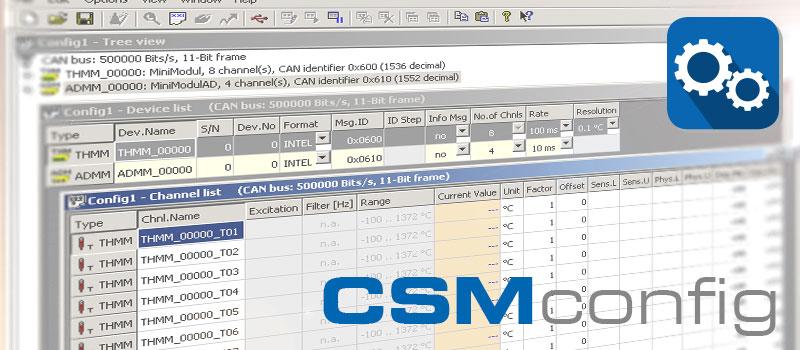

Swift configuration of measurement chains: CSMconfig is the reliable configuration software for all CAN and EtherCAT® based measurement modules from CSM. The clearly arranged and easy-to-use user interface allows an easy setting of all measurement parameters. This helps speeding up the measurement setup considerably.

 Home
Home Newsletter
Newsletter


